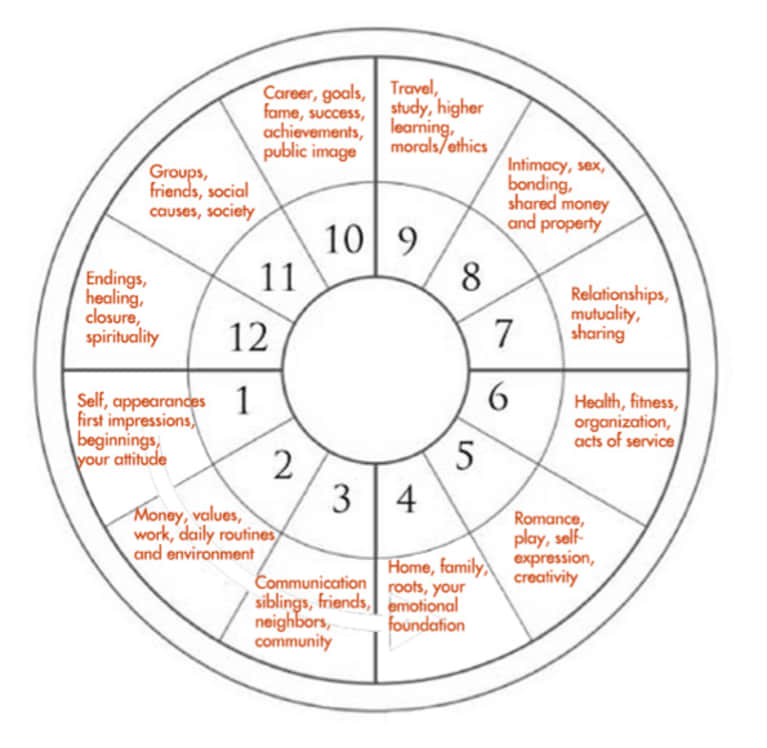

If you enjoy the episode and want to help support the production of future episodes while getting access to additional bonus content, then please consider becoming a patron. Thanks to all of the patrons who support the podcast on an ongoing basis and made this episode possible through our page on Patreon.

We decided to re-record the lecture for the podcast now in order to give a more careful and deliberate presentation of the material, a better recording, and in order to open up this research to a wider audience. This lecture was originally presented by Chris at the Northwest Astrological Conference in May of 2017, and then again at the United Astrology Conference in May of 2018. We also discuss various questions such as the arguments for and against having one overall chart ruler, the use of the master of the nativity to identify the guardian spirit or daimōn by ancient astrologers and philosophers, and the use of this doctrine to identify more important placements in a chart. The approach that we present in this lecture is derived from chapter 30 of Porphyry’s Introduction to the Tetrabiblos, which is itself derived from a lost work of definitions by Antiochus of Athens.ĭuring the course of the lecture we talk about how to calculate the predominator ( epikratētōr), the master of the nativity ( oikodespotēs geneseōs), the co-master or joint master of the nativity ( sunoikodespotēs), and the lord of the nativity ( kurios). There are references to the master of the nativity in many of the surviving astrological texts from the Hellenistic astrology tradition, although there are not many surviving discussions about how to calculate it. While in modern times astrologers tend to refer to the ruler of the Ascendant as the ruler of the chart, in ancient Greco-Roman astrology the method for determining the ruler of the chart was much more complex. In episode 205 astrologers Chris Brennan and Leisa Schaim present a lecture on the ancient method of identifying the overall ruler of a birth chart, called the Master of the Nativity.


 0 kommentar(er)
0 kommentar(er)
